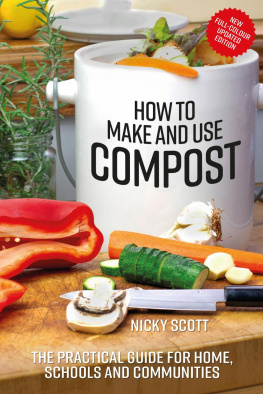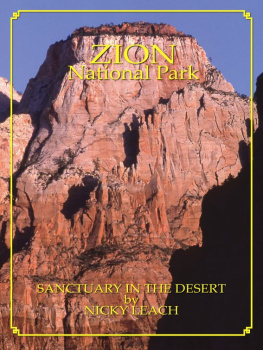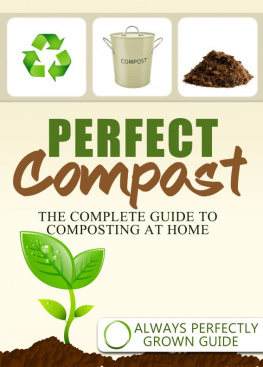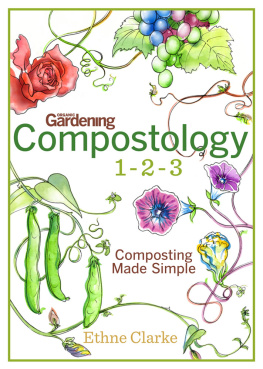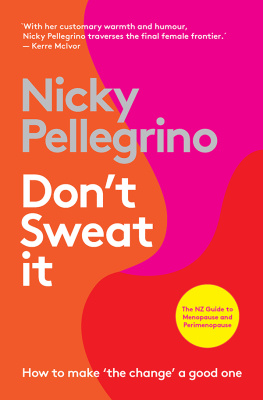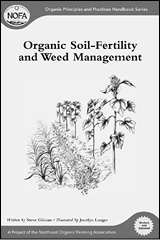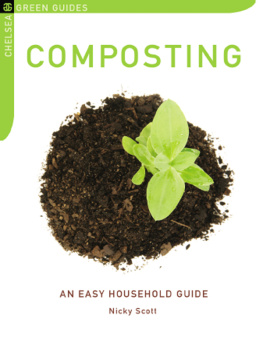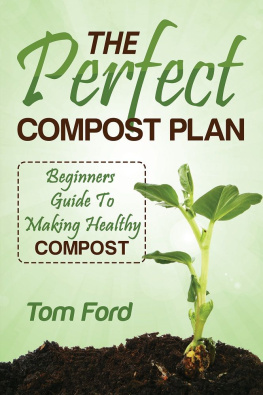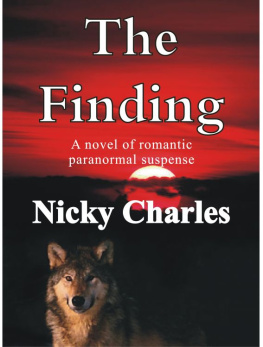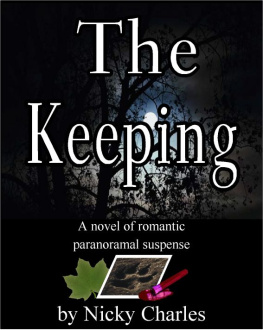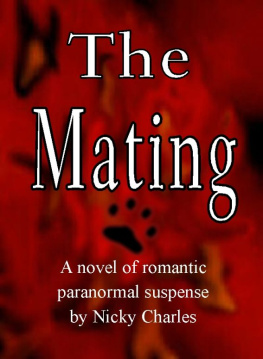Nicky Scott - How to Make and Use Compost
Here you can read online Nicky Scott - How to Make and Use Compost full text of the book (entire story) in english for free. Download pdf and epub, get meaning, cover and reviews about this ebook. year: 2021, publisher: UIT Cambridge Ltd., genre: Home and family. Description of the work, (preface) as well as reviews are available. Best literature library LitArk.com created for fans of good reading and offers a wide selection of genres:
Romance novel
Science fiction
Adventure
Detective
Science
History
Home and family
Prose
Art
Politics
Computer
Non-fiction
Religion
Business
Children
Humor
Choose a favorite category and find really read worthwhile books. Enjoy immersion in the world of imagination, feel the emotions of the characters or learn something new for yourself, make an fascinating discovery.
- Book:How to Make and Use Compost
- Author:
- Publisher:UIT Cambridge Ltd.
- Genre:
- Year:2021
- Rating:3 / 5
- Favourites:Add to favourites
- Your mark:
- 60
- 1
- 2
- 3
- 4
- 5
How to Make and Use Compost: summary, description and annotation
We offer to read an annotation, description, summary or preface (depends on what the author of the book "How to Make and Use Compost" wrote himself). If you haven't found the necessary information about the book — write in the comments, we will try to find it.
How to Make and Use Compost — read online for free the complete book (whole text) full work
Below is the text of the book, divided by pages. System saving the place of the last page read, allows you to conveniently read the book "How to Make and Use Compost" online for free, without having to search again every time where you left off. Put a bookmark, and you can go to the page where you finished reading at any time.
Font size:
Interval:
Bookmark:
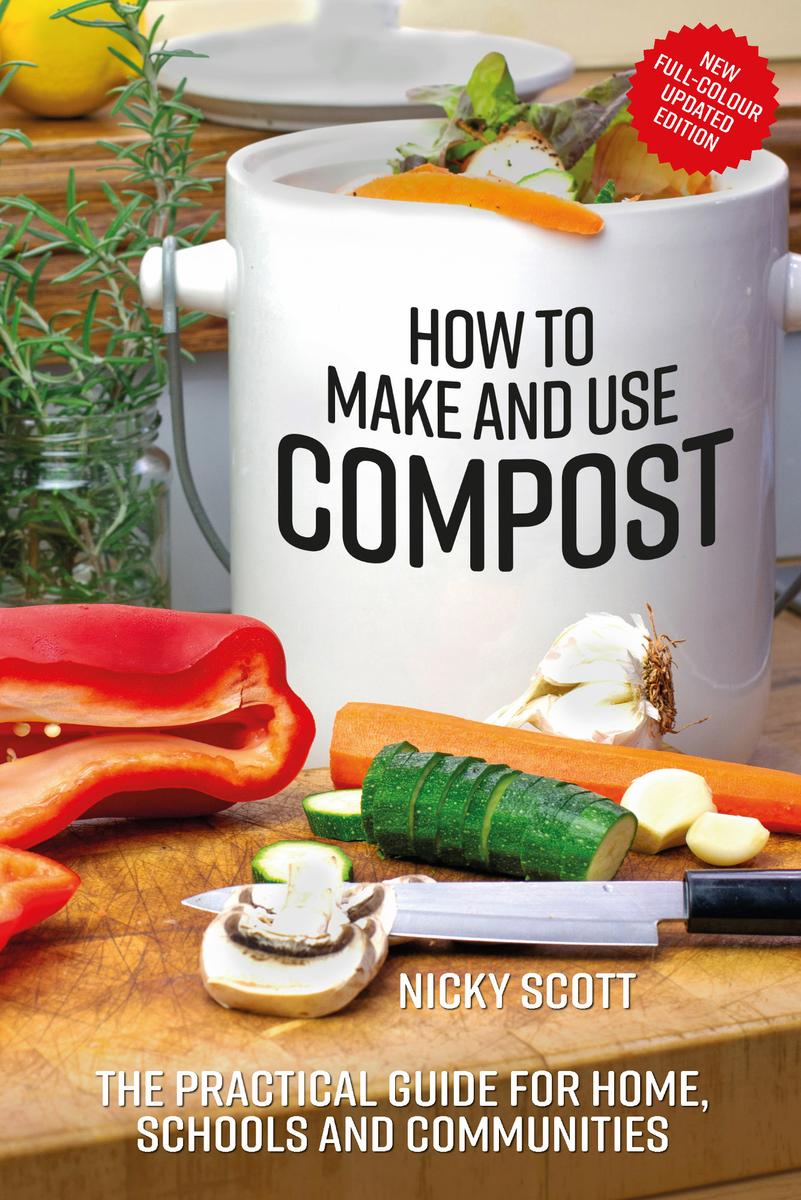
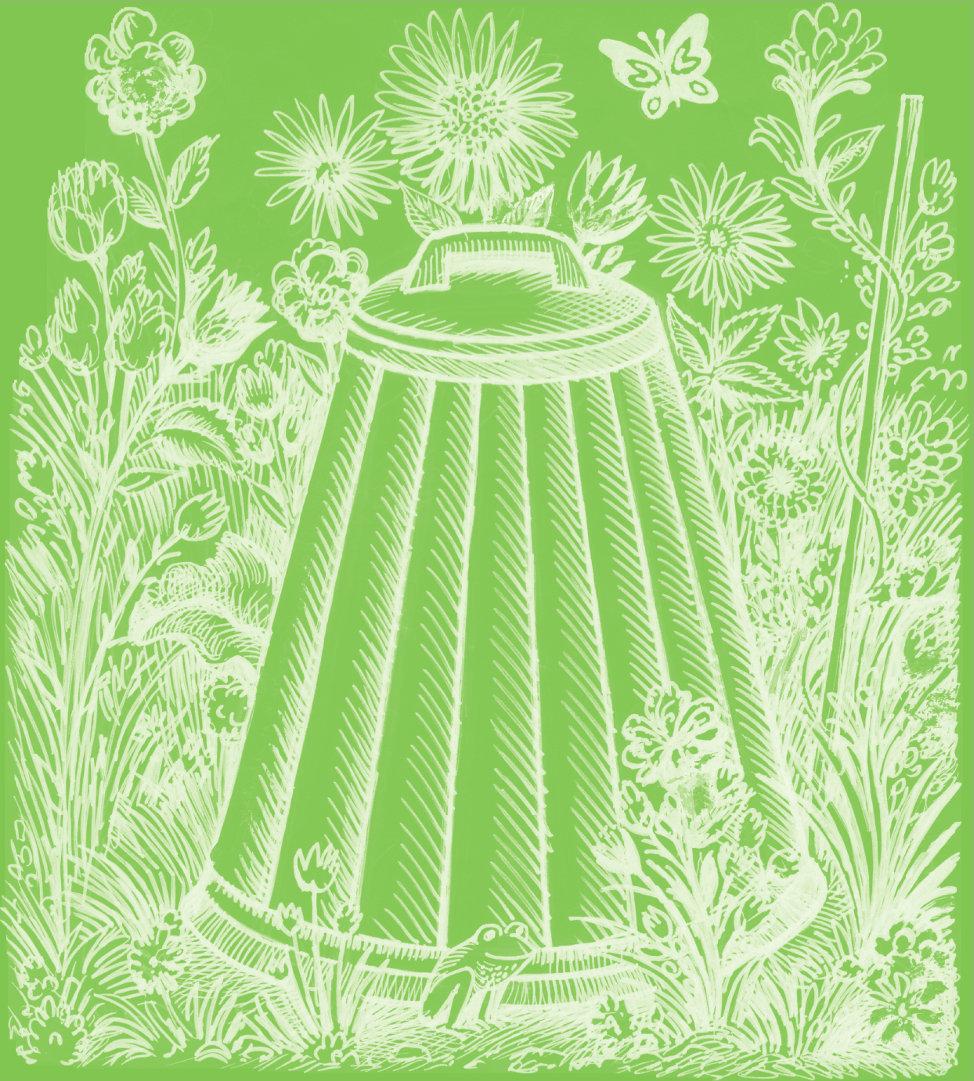
I dedicate this book to the countless millions of microorganisms that are so often maligned its the same old story: a few bad bacteria give all the rest a bad name.
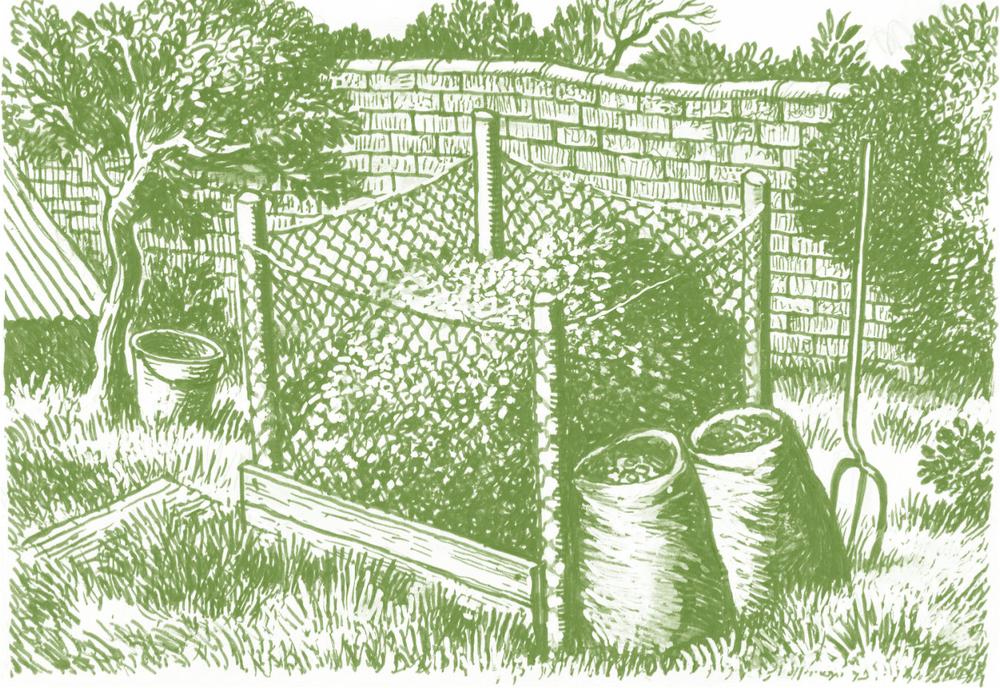
Credit: Bob Gale.
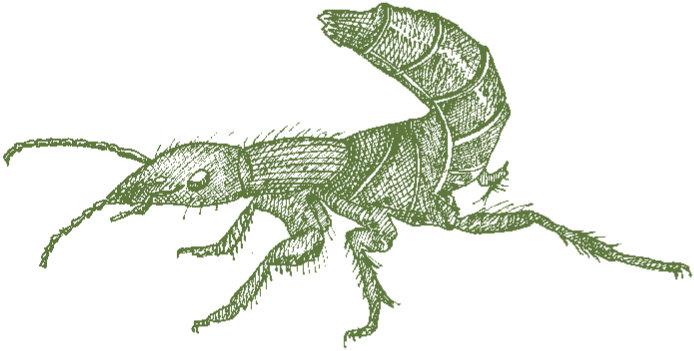

Thanks to Dick Kitto for early composting experiences and for suggesting I spend time at the Henry Doubleday Research Association, to Pauline Pears, Alan Gear and my fellow students Pat, Ali and Margaret for making it such a special time; to all the wonderful crazy people, far too numerous to mention individually Im afraid, whom Ive met in the composting world since the community composting phenomenon started, especially the Community Composting Network team and members and all those schoolchildren, members of the public, friends, colleagues and workshop attendees whove asked me awkward questions that Ive had to go away and think about; to the Compost Doctors for their endless enthusiasm and dedication in finding new ways to compost food waste; to Jim Frederikson from the Open University and Phil Wallace for reading through the manuscript and suggesting changes; to Terry Cooper for coming along at the last minute and giving some invaluable advice; to Tian for all the Bowen therapy that enabled me to keep typing and finally, to all my friends and family, especially Yuli, for putting up with me while I was writing this book and coming up with lots of useful suggestions.
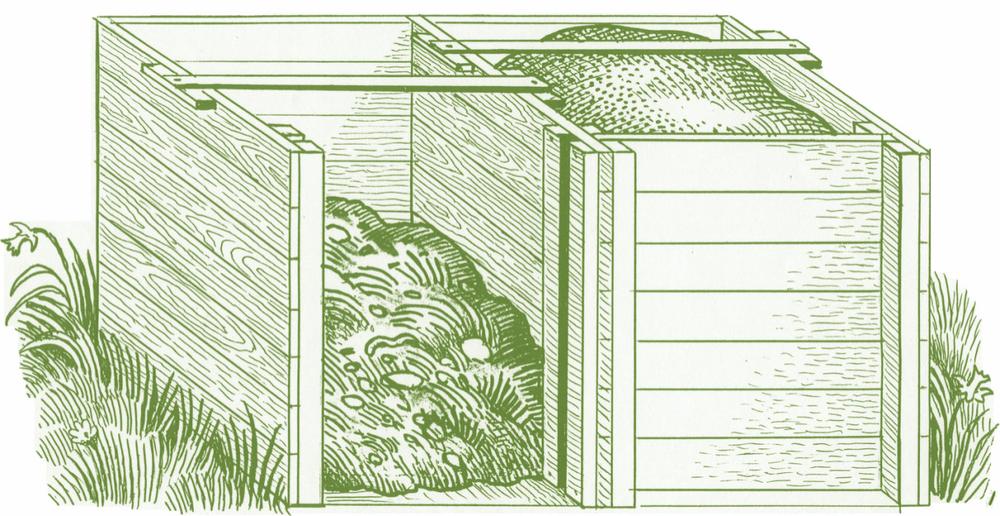
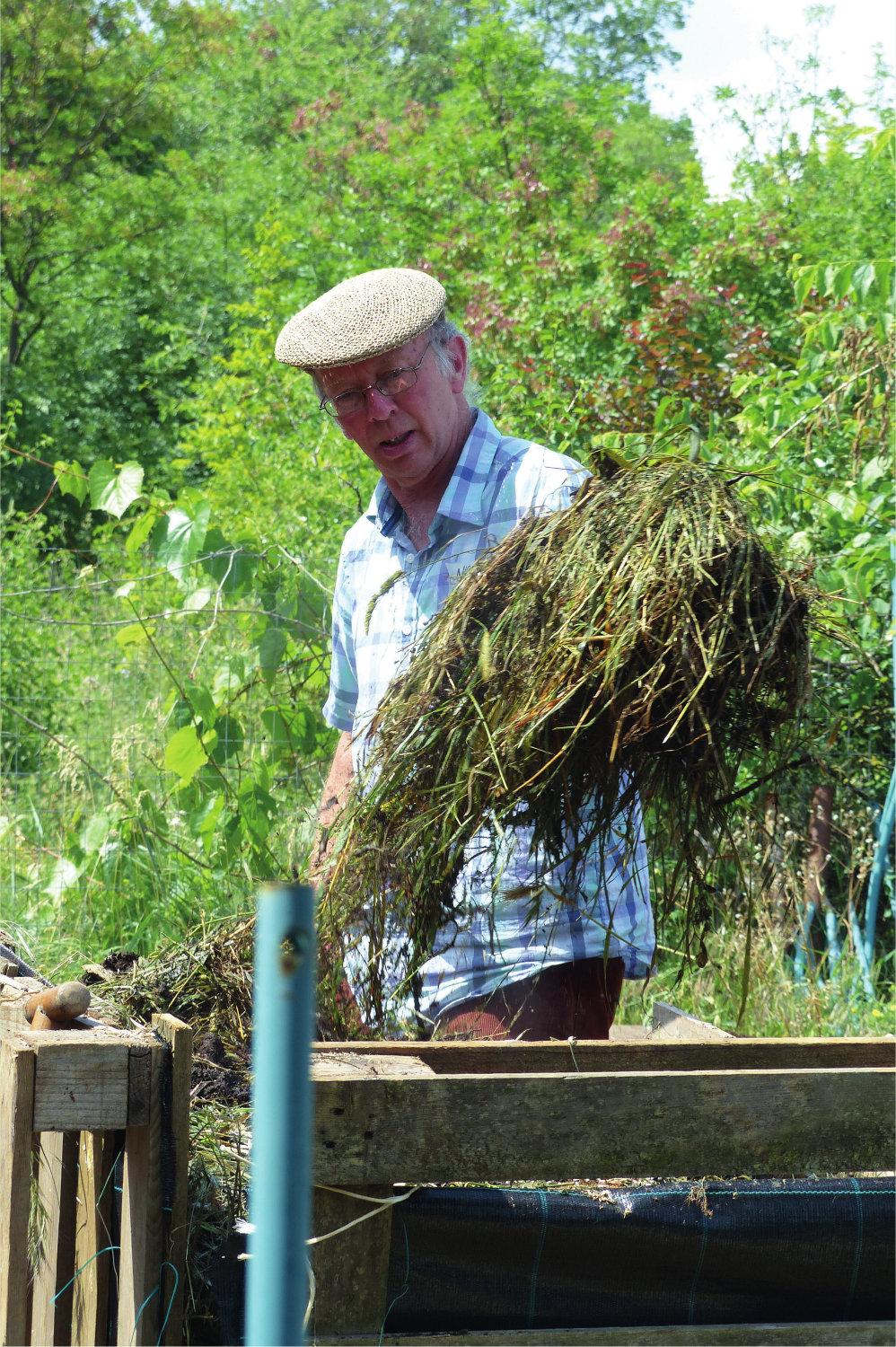
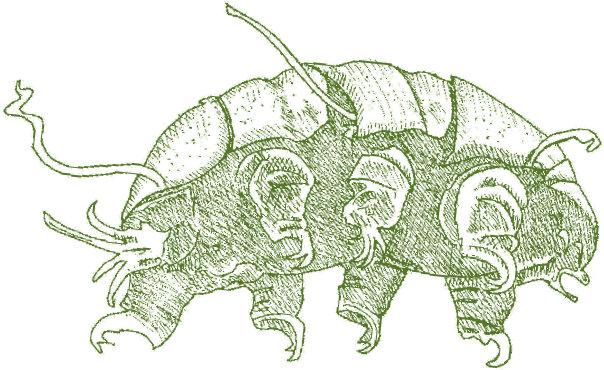
Given the right conditions, anything that lived recently, and quite a few things that were living hundreds of years ago, can be composted.
Ive been fascinated by compost and all that it does for decades now, probably ever since I had a Saturday job at a local composting business. Dick, the owner, went out collecting all kinds of organic waste products, from blood and hair from the bacon factory to spoiled fruit and veg from the shops and market; all kinds of things were blended with used mushroom compost, mixed and stacked into great heaps to compost down, and finally sieved and weighed into little bags for sale.
It was great that Dick built a business from stuff that would otherwise have been thrown away, and he encouraged me to become a student at the Henry Doubleday Research Association (now Garden Organic). There I learned how compost helps create and maintain healthy soils, why this is the foundation of growing organically, and just why it is so important that we all become organic gardeners.
We made large compost heaps, bulking them up with bought-in strawy manures, and I loved seeing the steam rising off them on cold spring mornings. I was introduced to the compost toilet system there too. One of the great things about being at Henry Doubledays was the constant experimentation, and that inspired me to try different composting and mulching systems, which I continue to do today: theres always more to find out.
We need to live within the resources of the planet we live on, and composting has a big part to play. Everything that has been made falls into one of two recycling loops. The first is a technological loop for all metals, plastics and other man-made substances. We cant do anything apart from separate this material out for recycling, but we can do a lot with the second loop the bio loop of biodegradable stuff.
Anything that once lived can be:
- Used as fuel.
- Anaerobically digested to produce energy and soil conditioner.
- Composted.
This book is about options 2 and 3. Nearly all of us can compost at least some of the clippings from our garden or by-products from our cooking. Once you separate out all the compostable stuff that was going into your landfill bin you will have a lighter and cleaner bin, and you will be creating the most wonderful substance: compost.
There is a lot of conflicting and confusing advice about composting as it is not an exact science - the process is a living, breathing natural system and so many variables are at work. Often when giving advice I find myself saying, Hmm, well, that depends on This book will help you think through and solve any particular situation you face, with the information covered in the three parts:
Part I. A step-by-step guide to making compost and using it
Part II. An A-Z Guide to give you the answers to your composting questions, with explanations of all the composting terms and techniques youll find in the main part of this book.
Part III. Community composting for those who are interested in taking things further I have included chapters on composting food waste on a larger scale, in your community or school.
The Resources section at the end of the book includes suggestions for further reading, as well as details of relevant organizations and details of many of the products mentioned in the book. There are some fascinating topics that I have not covered in depth, which you can explore further with these resources for example, biodynamic composting, biochar and compost teas.
Getting out in the fresh air, engaging in activity and social contact is proven to improve our mental and physical wellbeing. Composting is so satisfying and therapeutic that you wont notice the time and most of the hard work in any composting system is done by the worms.
Where would we be without worms? It is said that Charles Darwin spent more time studying worms than developing his theory of natural selection. (He was studying the earth-dwelling worm, Lumbricus terrestris, which burrows deep into the soil, not compost-dwelling worms such as. Eisenia fetida, but together these two main types of worm form the basis of a healthy and vibrant organic growing system.)
I hope you become as fascinated and enthusiastic about compost as I am. Even though Im learning new things all the time, the world of compost and how it relates to a healthy soil is a fascinating, complex story. This book is just the tip of the iceberg!
So give it a go. There are just so many plus sides to making compost building healthy soil and plants, saving money, locking up carbon and much more - and by reading this book you will quickly become a compost expert yourself. It really is very simple, very satisfying, and fun.
I have worked with compost for years. Im not a scientist, but I have tried and tested just about everything Ive written about. If you understand the basic concepts of composting, consider the qualities of the materials that you want to compost, and are willing to experiment and observe what is going on, then you will become an alchemist, transforming a rather unlikely assortment of materials into that wonderful black gold that is compost
Font size:
Interval:
Bookmark:
Similar books «How to Make and Use Compost»
Look at similar books to How to Make and Use Compost. We have selected literature similar in name and meaning in the hope of providing readers with more options to find new, interesting, not yet read works.
Discussion, reviews of the book How to Make and Use Compost and just readers' own opinions. Leave your comments, write what you think about the work, its meaning or the main characters. Specify what exactly you liked and what you didn't like, and why you think so.

